Pre-viewing activities
Jono Ryan
Conventionally, working with video in the ELT classroom is sequenced into pre-viewing, viewing, and post viewing activities, which will no doubt sound familiar from its routine use for reading and listening. In this post, I focus on the nature of the pre-viewing phase and consider what makes a useful preview activity.
One approach is to use the pre-viewing phase as a communicative warm up task, usually by taking some element of the video as the launchpad for a conversation. In the heyday of the communicative language teaching approach, communicative activities were in fact the main use of video in the ELT classroom (Vanderplank, 2016) but nowadays we are probably more likely to see the viewing of a video as the modern, multimodal extension of listening. A typical activity of this kind would be to use an image from the video as a prompt for discussion, perhaps around the likely genre, setting or events. For example, when using the Chasing Time English (CTE) series Fortune Blue, we might start with the poster (post image) and set some questions for group discussion such as:
What genre is the series? Why do you think that?
Describe the character’s appearance.
Alternatively, you might introduce the character Jimmy Fortune, ask students to check their dictionary for the different meanings of ‘fortune’ (chance or luck; a large amount of money or wealth) and decide which probably best relates to Jimmy.
When midway through a drama video series, the pre-viewing phase is an ideal time to recall and describe the previous episode and take stock of where the series seems to be heading. The prompts can be designed to practice specific language points, such as these questions about the series The Last Hustle:
What happened in the last episode? (past simple)
What was Terry planning to do? (intentions in the past)
What do you think will happen next? (predictions with ‘will’ or ‘going to’)
Pre-viewing activities are also used to assist with viewing comprehension. One of the arguments that is often used is the notion that some prior discussion will lead to the activation of schematic knowledge, though I suspect this angle is frequently overplayed. Where schematic knowledge does work is in when specifying a situation such as ‘customers in a restaurant’, as this primes the audience to expect interactions focusing on such issues as ‘ordering food’ or ‘getting the bill’. However, such knowledge is usually activated simply by hearing the word ‘restaurant’, and so it probably doesn’t warrant much further discussion, unless taking a rather indirect approach (What’s your favourite restaurant?). For many other situations, schematic knowledge scarcely seems relevant, and I imagine this would be the case with Fortune Blue. It might assist with a particular scene (e.g. the bar scene) but is unlikely to help much with global comprehension.
One type of previewing activity that may be more obviously helpful for comprehension is the introduction of key vocabulary. The approach that we’ve taken with the 12 CTE series is to introduce some key words or phrases, provide the spelling, a phonemic transcription, its word class, an example used in a sentence, and then listening to the word in isolation and listening to it within a sentence. This provides learners with some solid footholds for interpreting what they will view.
That said, it’s worth bearing in mind the warning that some teachers spend so long building up the context that students can guess the answer without even doing the listening or viewing (Cauldwell, 2018). I’ve been guilty of this myself. It is particularly the case with certain types of gap fill exercise, where a focus on the sentence structure and context can narrow down the possibilities to just a single plausible response. There’s an optimal amount of pre-viewing, not too little, not too much.
If anyone would like to share their own thoughts on appropriate pre-viewing activities, let us know.
References
Cauldwell, R. (2018). A syllabus for listening - Decoding. Speech In Action.
Vanderplank, R. (2016). Captioned media in foreign language learning and teaching: Subtitles for the deaf and hard-of-hearing as tools for language learning. Palgrave Macmillan.
